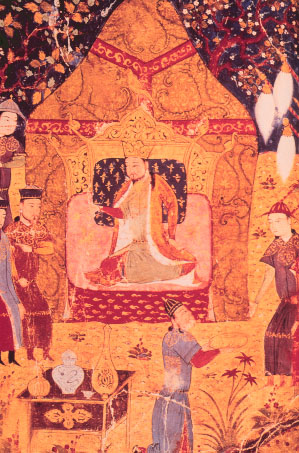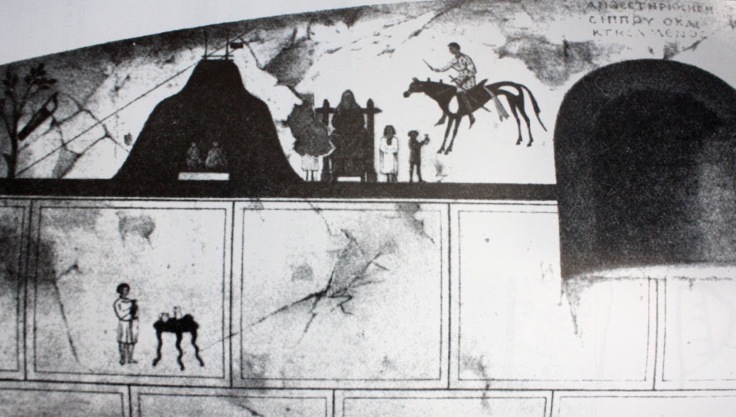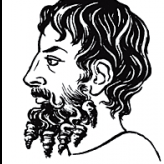Leaderboard
Popular Content
Showing content with the highest reputation on 2024-06-19 in all areas
-
5 points
-
1 point
-
1 point
-
I like a lot of the new buildings, but I like the old Forge better and I think the UV mapping of the Scythians is a little aesthetically busy. I'm also thinking the Wonder could follow the references better. But overall, the output is great. I really need to get you a reference for the Sword of Ares Shrine. I might sketch it for you! I like how you made the Scythian yurts pointy to differentiate from the Xiong.1 point
-
Hi @Duileoga, These look really good! @wowgetoffyourcellphone and I are interested in developing these nomad civs for vanilla 0ad. For the xiongnu, I really like 3 of your buildings for the role of "royal yurt". Also, the barracks, stable, and market would do great. I see you have a lot of permanent buildings too. I have tech for the xiongnu called "han diplomacy", and its basically meant to unlock some of the influence from the Han dynasty. So for the dock, it would be really cool to start with a simple yurt-based boat yard (basically what you have here, but with a small boat frame or skeleton on the ground near the yurt), and then upgrade to the dock here with the tech.1 point
-
1 point
-
1 point
-
1 point
-
1 point
-
1 point
-
Buenos días o tardes ; -Estas son las facciones que ya creé; (Solamente la arquitectura) (A) -Europa (10); ilirios Lusitanos Tracios Suevos(A) íberos(A) dacios(A) Urálicos(A) Dálmatas(A) Épiro(A) Bósforo(A) -Asia (3); Xiongnu (A) Escitas(A) Beduinos(A) -América (8); Mayas Tupí Mochica Guaraní(A) Zapotecas Anishinaabe(A) Arawakos(A) Lencas(A) -África (8); Númidas Garamantes Khoisan(A) Batwa(A) Axumitas(A) Gaetulia(A) Cartago(A) Nok(A) -Oceanía (0); -No tengo suficientes referencias de esa época .Pero los Polinesios, Papúes y Aborígenes Australianos son muy potenciales. Total:29 y sumando. -Para que se hagan una idea más visual , aquí les dejo los mapas;(son extensiones aproximadas...)de las facciones que pretendo crear.Las facciones con estrellas de 5 puntas están creadas o en proceso. -Iré subiendo el contenido que estamos creando @Lopess y yo a este tópico o a los de temáticas relacionadas, si ustedes tienen sugerencias , referencias , críticas , correcciones ,dudas, peticiones etc... no duden en comentarlas . @wowgetoffyourcellphone @wackyserious @Stan` @Sundiata @Mr.lie @Ultimate Aurelian @Lion.Kanzen Disculpen las molestias*1 point
-
1 point
-
Introduction From the time of the Bronze Age the cart has probably been the most widespread portable dwelling for nomads throughout the Eurasian steppes, although numerous simpler shelters were used as well. The appearance of the trellis-walled yurt was a later development that coincided with the emergence of the Turks, who subsequently introduced it to western Central Asia and to neighbouring tribes in the East. Kyrgyz Yurt I like this example, even though I would consider this to be rich, due to the level of detail and the colors. Looks and Design Most of Yurt has audiometer of 5 meter but others for special occasions like weddings have a diameter of 10 meters with prominently red color on the inside. Red is the color for beauty and protection. After all the materials are assembled, it takes less than 4 hours on the maximum to assemble and decorate. The colorful felt carpets are uniquely attached to the yurts wood with the leather to create an inviting and warm environment. The Kyrgyz Yurt gives the best reflection of comfortable living with comfort, affordability and high sense of taking care of the environment. https://gokyrgyzstan.info/what-is-a-kyrgyz-yurt/ On the other side this should be the basic one. Scythian Yurt this for some reason is in this forum. https://wildfiregames.com/forum/profile/29591-obskiuras/content/?type=forums_topic_post&change_section=1 They are references posted by @Obskiuras Sarmatian Yurt Another early depiction of a yurt-like structure comes from the wall painting of a 1st century Sarmatian tomb in Panticapaeum on the Crimean peninsula. It shows a domestic scene in front of a round tent being approached by a horse rider. Carved representations of yurts were found on funerary furniture inside 6th century Sogdian tombs in Northern China. The Sogdians were an Iranian people that lived and traded along the Silk Road. In summary, one could say that the oldest known representations of yurts derive from an Iranian nomadic context, ranging from Crimea and the Zagros Mountains in the West to Northern China in the East. Wall painting inside a 1st century tomb in Panticapaeum (Crimea). ------ Qaraqalpaq Yurt The Mongols used the ger instead of the trellis-walled yurt, a lighter dwelling with wattled walls that could be easily transported on an ox-cart. After the Mongol conquest of Central Asia, its Mongol-Turkic rulers continued to use the cart-borne ger, but the Turkic yurt was also adopted, especially by the aristocracy. During the era of the Golden Horde and in the centuries following its collapse, the numerous tribes of Qipchaq-Tatar nomads used a combination of the bow-topped cart, the Mongol cart-borne ger, and the trellis-walled yurt as they roamed the Qipchaq steppes. The Qaraqalpaq confederation, which probably coalesced from tribes belonging to the vast Shaybanid Uzbek-Qazaq Horde in the 15th or 16th century, inherited the lattice-walled yurt and the two-wheeled cart or arba, just like their Uzbek and Qazaq neighbours. One of their traditions suggests that they might also have used the cart-borne ger as well in their early days. Unfortunately their remote location on the Jan'a Darya, far from the record-keeping centres of Khorezm, Bukhara, or Russia meant that their early history was never recorded. Our first records date from 1740, after they had been forced into the mouth of the Syr Darya by devastating Kalmuk raids, and even then we have no record of their dwellings. Further attacks by Qazaqs, coupled with the desiccation of the Syr Darya delta, pushed them further towards the Aral Delta where they were attacked, subjugated, settled, exploited, and victimized by the Khivan Khan. When the Russians arrived in 1873 the majority of Qaraqalpaqs were destitute, only a minority having a semblance of wealth to maintain their traditional material culture. Things improved marginally under the Russians, but it was the Soviets who had the biggest impact on raising Qaraqalpaq living standards. Qaraqalpaq material culture flourished for a brief period in the 1920s and 1930s before falling into decline as women joined the workforce, families moved into permanent houses, and old traditions became unfashionable in the modern Communist world. Despite these changes the Qaraqalpaq yurt and two-wheeled arba are still in use today. However their numbers are getting smaller all the time and soon they will be gone. Early History of the Portable Dwelling Archaeological evidence suggests that portable dwellings evolved in parallel with the development of the wheeled cart. The first ox-carts with solid wooden wheels appeared during the second half of the 4th millennium among people belonging to the Tripolye culture, the descendants of Neolithic farmers from the Balkans, who lived on the wooded steppes of Moldova and the Ukraine – the so-called Pontic Steppes. Later cultures, such as the Repin and the Yamnaya, used this new-found mobility to spread out westwards and eastwards into the wide expanse of open steppe land. Towards the end of the 3rd millennium two main cultures occupied the steppes to the north of the Black, Caspian, and Aral Seas, both possessing the wheeled-cart: the Srubnaya to the west and the Andronovo to the east. During the 2nd millennium Indo-Iranian tribes associated with the Andronovo culture migrated towards the south and south-east with their slow-moving ox-carts, reaching as far as Afghanistan, Pakistan, and northern India. One small group of cattle-breeders settled in the lower Amu Darya. Named the Tazabagyab culture by archaeologists after a nearby canal, they left behind the circular footprints of some type of temporary or portable dwelling in the pastures surrounding their villages. The development of equipage in the late 2nd millennium BC led to the emergence and expansion of the so-called Scythian culture, which ranged from Europe to the Altai and from Siberia to Iran. By 750 BC Saka nomads belonging to the Massagetae confederation migrated into the Khorezm oasis from the north, the Kuyasay culture in the Sarykamysh delta and the Apasiaks in the marshlands to the east of the Aral Sea. Over four hundred years later Alexander encountered similar nomadic Saka and Massagetae warriors along the Syr Darya. Herodotus wrote about the Massagetae nomads living to the east of the Caspian, noting that their way of living was like the Scythians and, while the men were great horsemen, their women travelled in ox-drawn wagons. Later he described the Scythian way of life in more detail: "A people without fortified towns, living ... in wagons which they take with them wherever they go, accustomed, one and all, to fight on horseback with bows and arrows, and dependant for their food not upon agriculture but upon their cattle..." description of these carts was given by Hippocrates: "The smallest of these wagons have four wheels, but some have six; they are covered in with felt, and they are constructed in the manner of houses, some having but a single apartment, but some having three... The wagons are drawn by yokes of oxen, some of two and others of three... In these wagons the women live, but the men are carried about on horses..." while Aeschylus described them as: "...basketwork huts, high up on wheels, like waggons." However it is clear that portable tents were also in use for specific purposes, although not as mainstream dwellings. Herodotus mentions a Scythian burial rite in which the mourners bathed in the smoke of burning hemp seeds inside a tent made from a tripod of three poles covered with woollen felts. He also describes the bald Scythian Argippae as living under a tree, covered in the winter with waterproof white felt. Some have interpreted this as some form of yurt-like structure, while others have supposed its occupants may have been a local religious cult. The Sarmatians too travelled with their women and children in wagons, which in this case were covered with hides. During the 2nd century BC they displaced the Saka nomads in the Khorezm region. In 378 AD the Roman General Ammianus Marcellinus wrote of one of the later Sarmatian tribes known as the Alans: "For they have no huts ... and dwell in wagons, which they cover with rounded canopies of bark and drive over the boundless wastes. And when they come to a place rich in grass, they place their carts in a circle and feed like wild beasts. As soon as the fodder is used up, they place their cities, as we might call them, on the wagons and so convey them: in the wagons the males have intercourse with the women, and in the wagons their babes are born and reared; wagons form their permanent dwellings, and wherever they come , that place they look upon as their natural home." The first Mongol-like migrants to reach Khorezm were the Huns in the 4th century. Like the Saka, who arrived one millennium before them, they were nomads who lived on horseback and travelled with their families in covered wagons. Marcellinus left us a disparaging description of their dwellings as well: "They are all without fixed abode, without hearth, or law, or settled mode of life, and keep roaming from place to pace, like fugatives, accompanied by the wagons in which they live; in wagons their wives weave for them their hideous garments, in wagons they cohabit with their husbands, bear children, and rear them to the age of puberty." Although Chinese reports show that the Hsiung-nu had both carts and felt-covered tents, it is not clear whether the Huns had pitched tents as well. By the 6th or 7th century the Pecheneg confederation had emerged along the Syr Darya, after waves of Hunnic and Turkic immigrants had been progressively absorbed by the former Iranian population of the region. They too used the covered cart and made camp in a similar way to the Huns, by forming a circle of wagons with their livestock in the centre. So important was the cart that the Pechenegs who eventually settled in the Ukraine were known by the Russians as kibitki or cart people. Clearly the wheeled ox-cart had little in common with the yurt apart from its felt covering. Nevertheless by the second half of the 1st millennium AD it had become firmly established as the predominant dwelling of the nomad across the Eurasian steppes. http://www.qaraqalpaq.com/yurthistory.html A Khitan royal yurt depicted in "The Story of Lady Wen-chi". From a handscroll painting on silk copied from an earlier 12th century depiction. Temujin sits in his ger, having just been proclaimed Chinggis Khan. From a 14th century manuscript of Rashid al-Din1 point
-
Hi! I am graduated in ancient history and I have suggestion for a dark age mod for 0 a.d. First the ideal mod going do the mid VII bc till the end of VI bc. for the forge I suggest the brit forge for phase I and spartan forge for the Phase III and the same for the barracks for the mounted units. I don't want to create new assed but use the already created assets that are used in this game! I can't do by my self, it is only a suggestion for depict an ancient moment of greek history Civil centre, I used for the first phase the brit civil centre because during the iron age greek used wood houses and palace, but in the beginning of the VI they start to use stone and clay roof. So I chose brit civil centre in the phase I and spartan syssition in the III phase. For the temple i used the same theory, I chose for the phase I the gaul civil centre because resamble the shape of the famous Argos's first temple made by woods, for the Phase III I chose the spartan temple because has the shape of archaic stone greek temple. For the defense walls I chose for the phase I the brits wals and for the phase II the kushite, and fort the phase III I suggest the use of spartan defense walls and dors. For the house I suggest for the phase I the brit house, Phase II iberian and Phase III spartan For the noble heavy unit i suggest this units. The noble spears used corinthian helmet form champion spearmens spartan, illyrian helmet from spartan sword man, and helmet form middle level spartan hoplite. For the shield they use spartan champion shield, champion swordman shield and macedon champion shield, I think that shield of the lambda (middle level spartan) is anachronistic for archaic greece . For the leavy spearman i suggest the spartan javellin skin with iphicrates pelt shield For the Chivalry I suggest for skirmish unit the spartan javellin on a horse, and for mele I suggest noble spears on a horseback like founded on Archaic bronze noble statues1 point

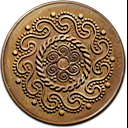


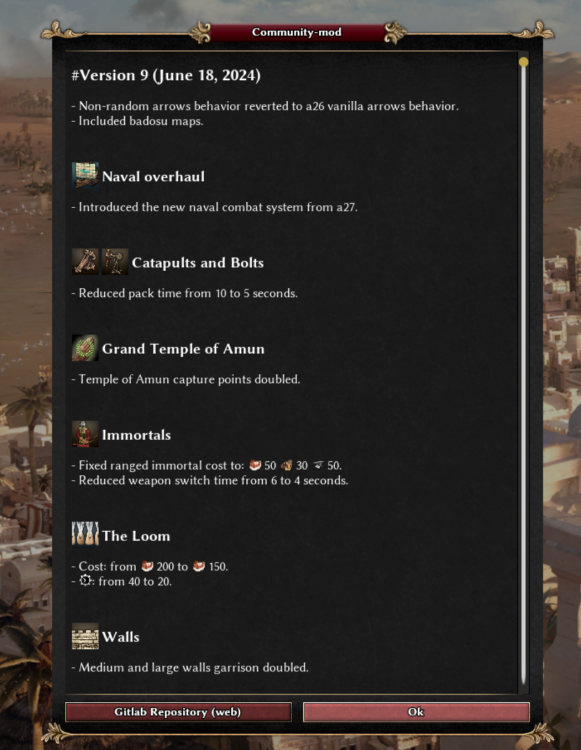
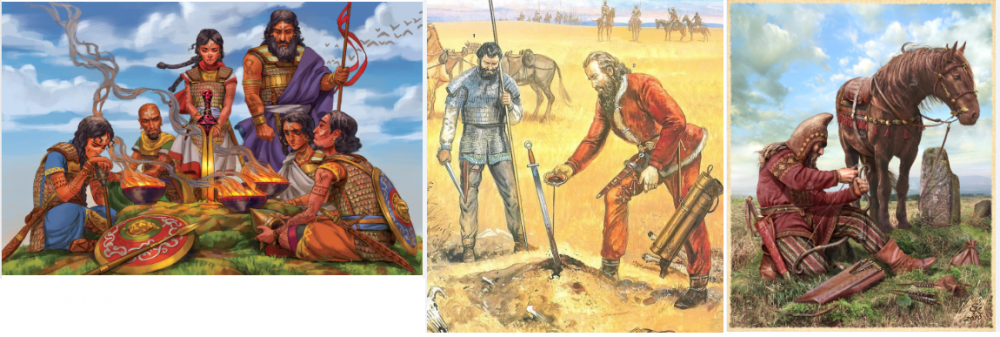
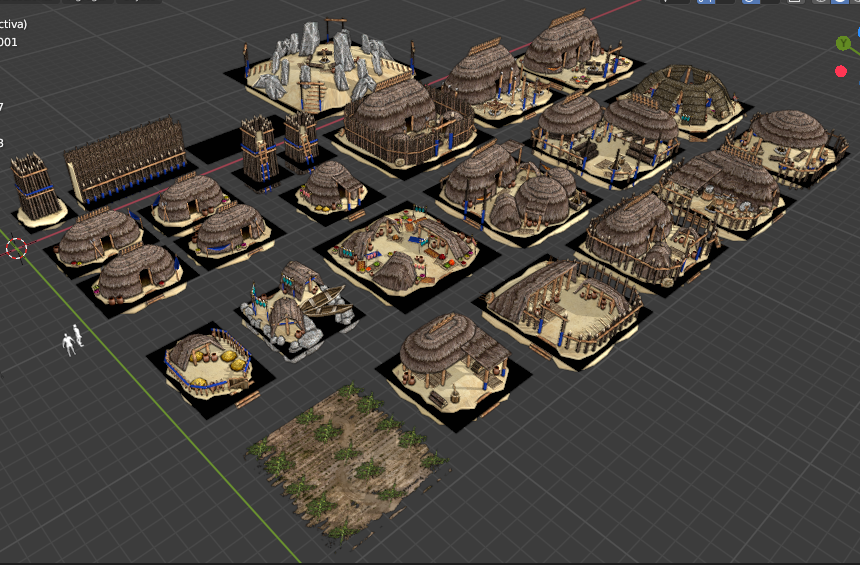
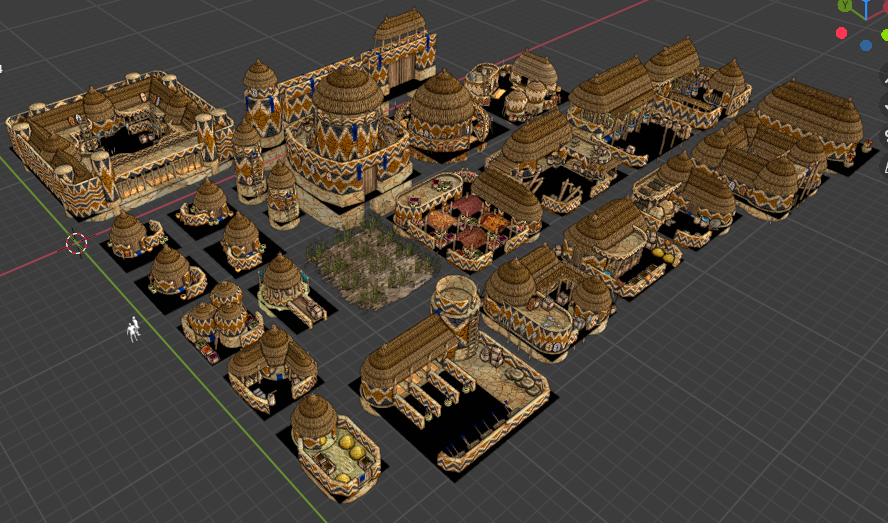

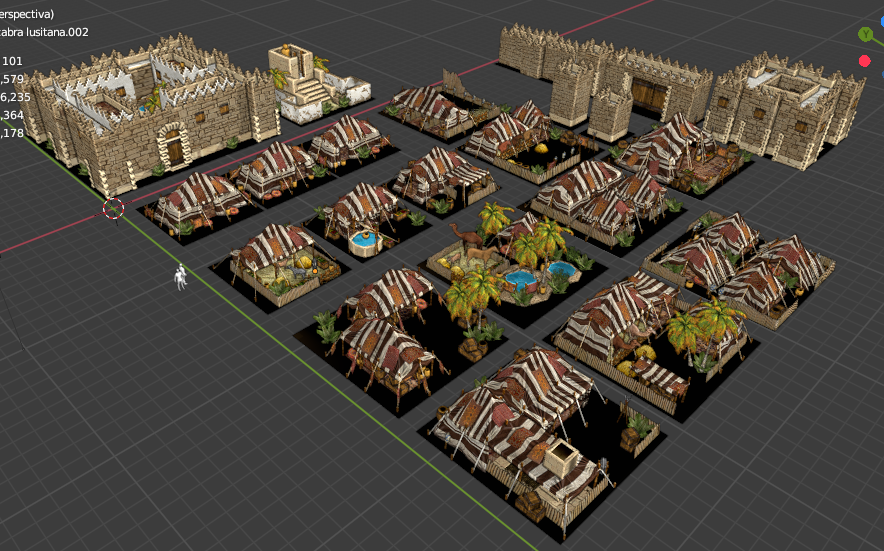

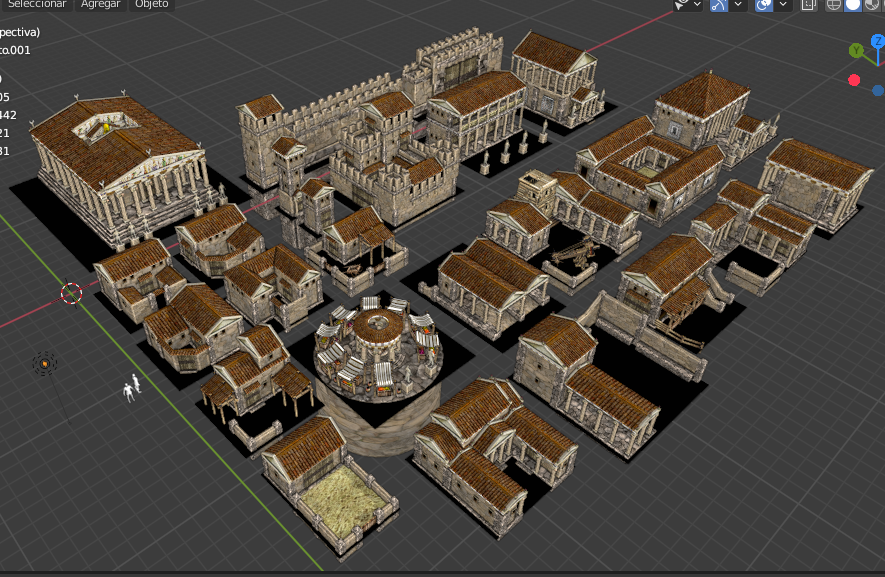
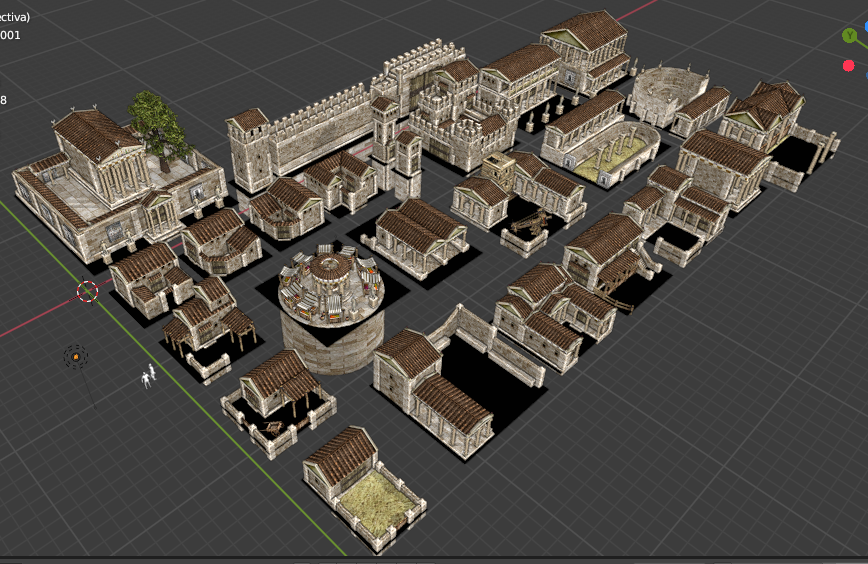

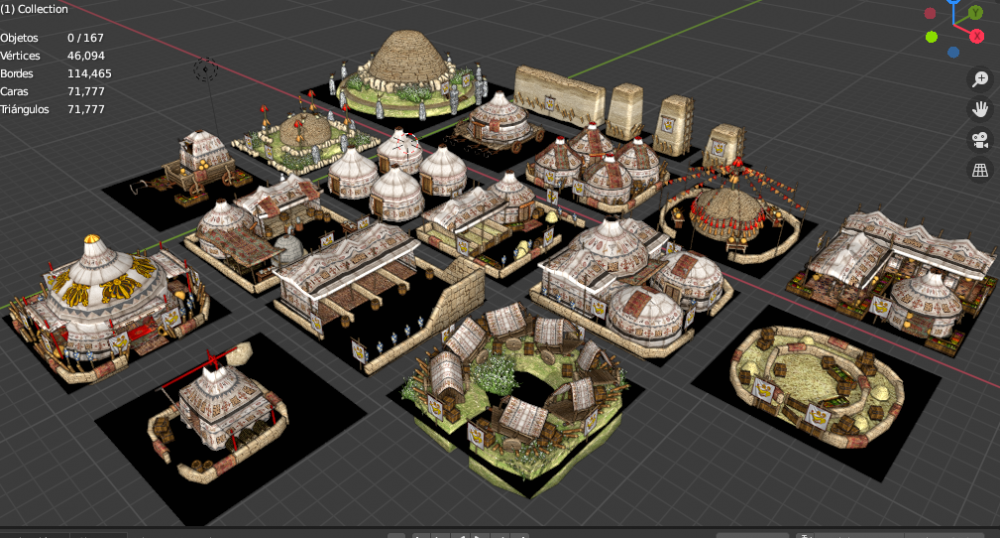
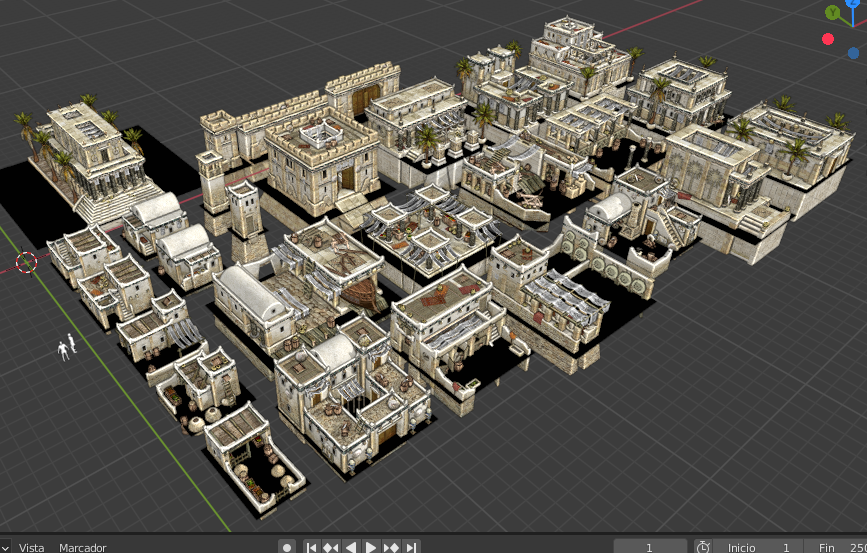
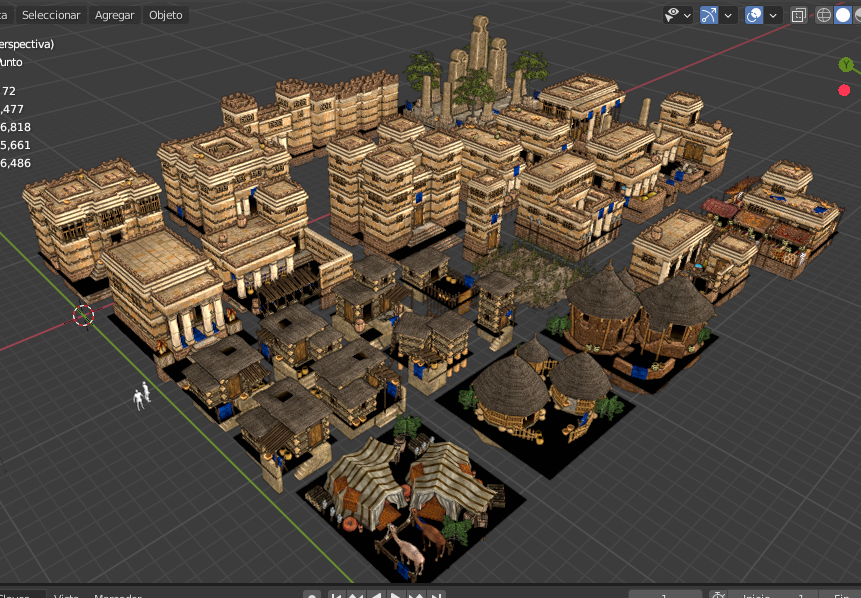

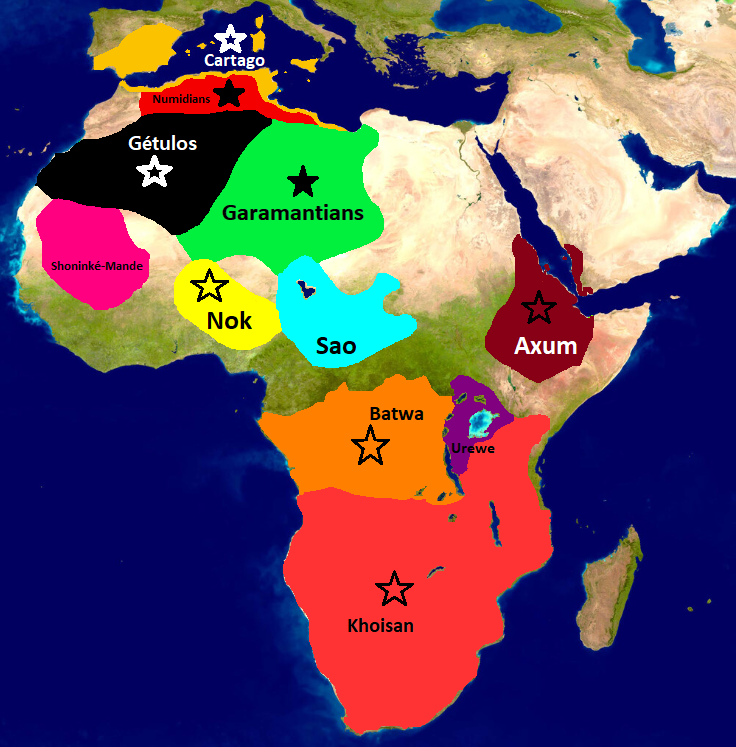
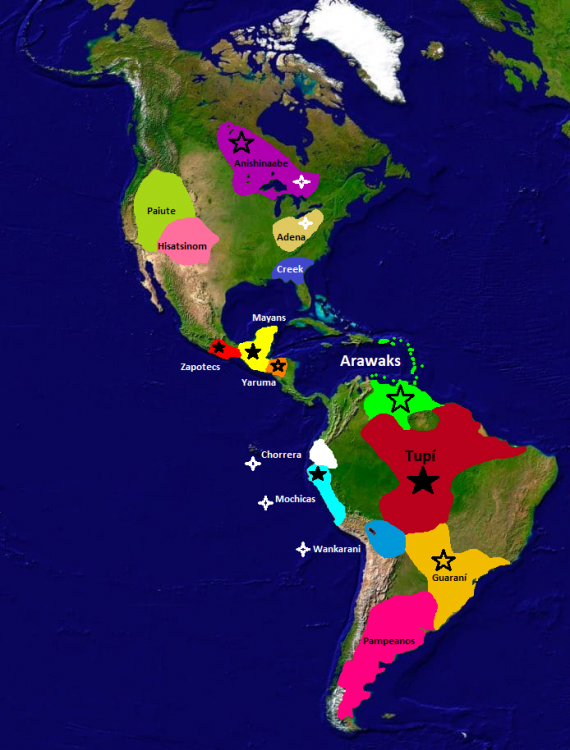
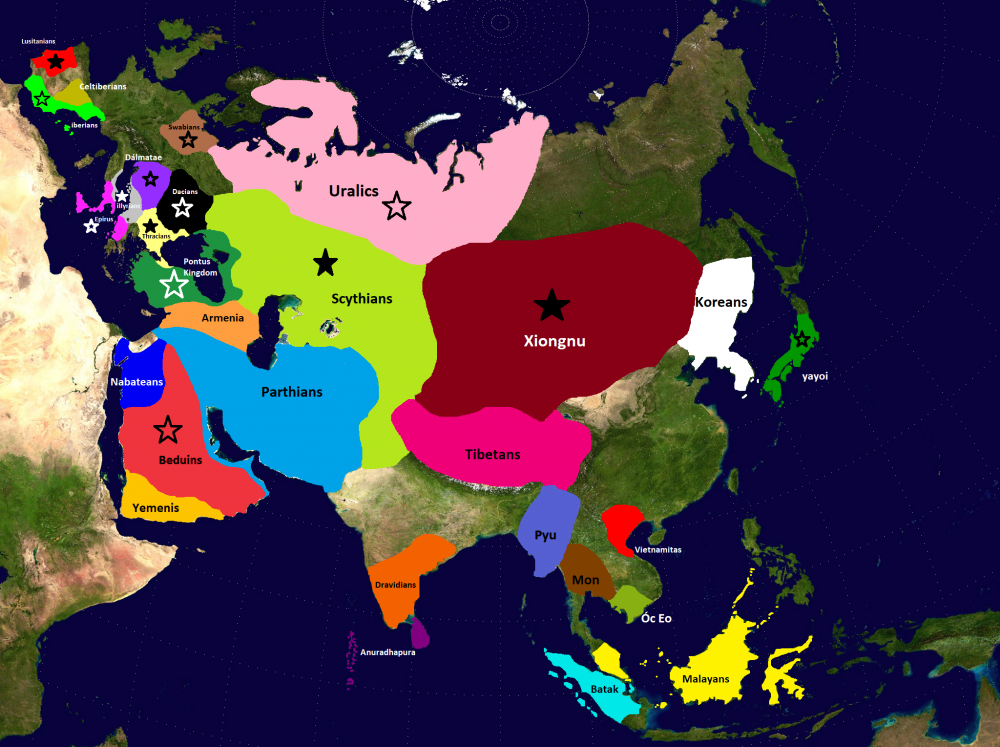




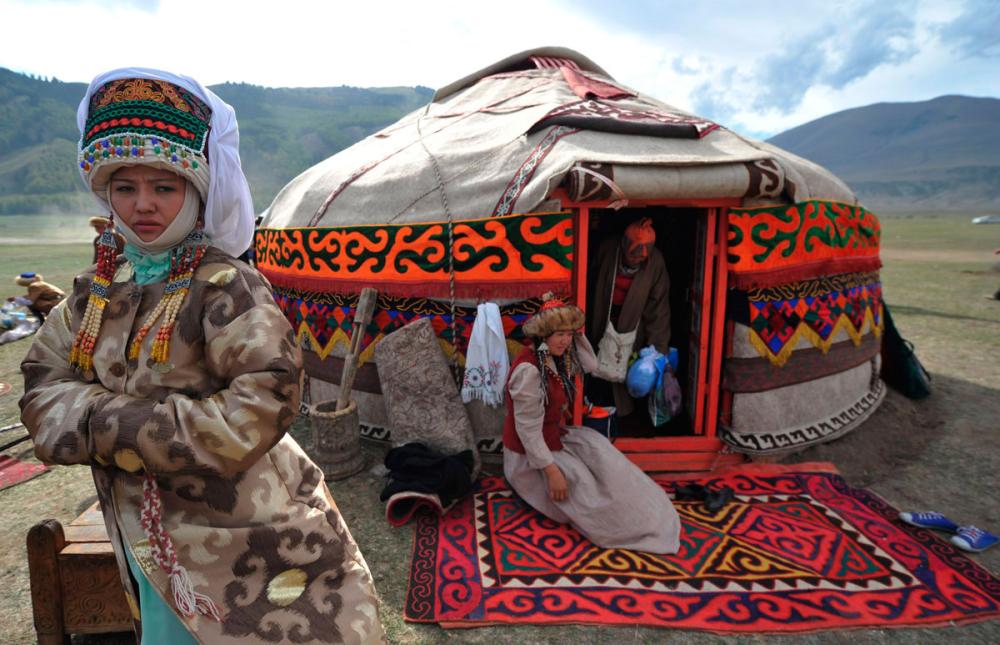
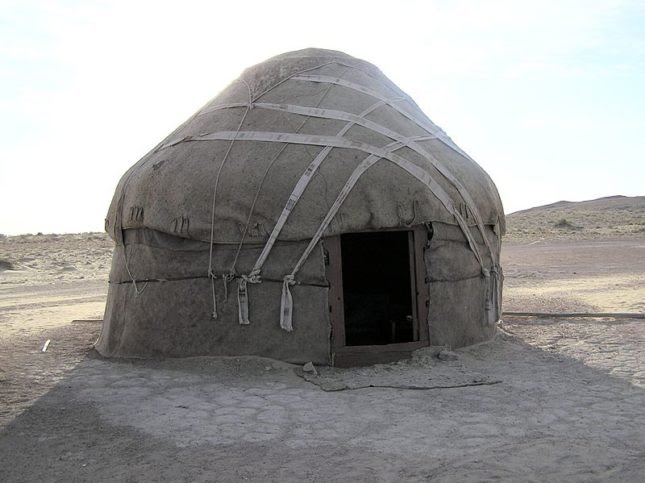
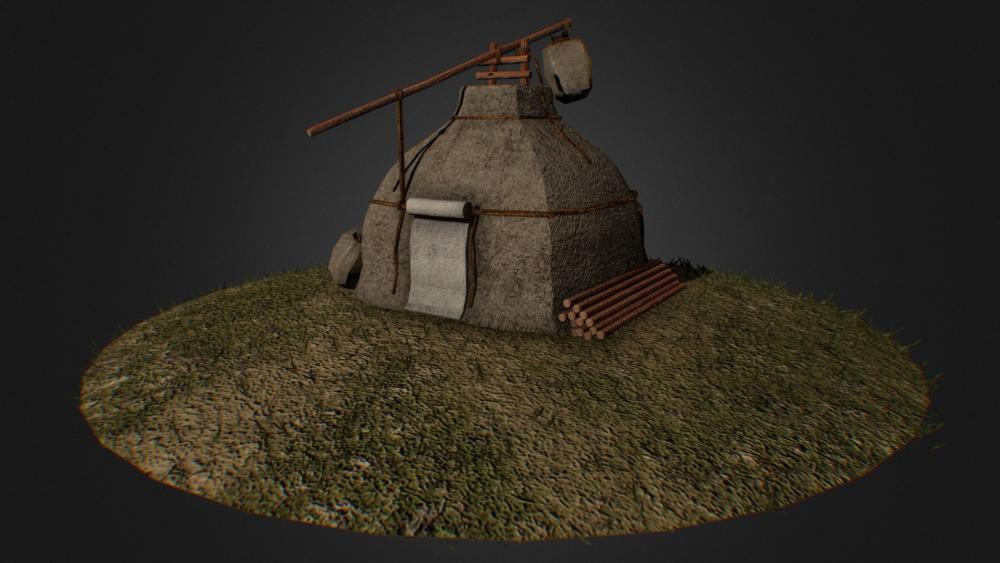
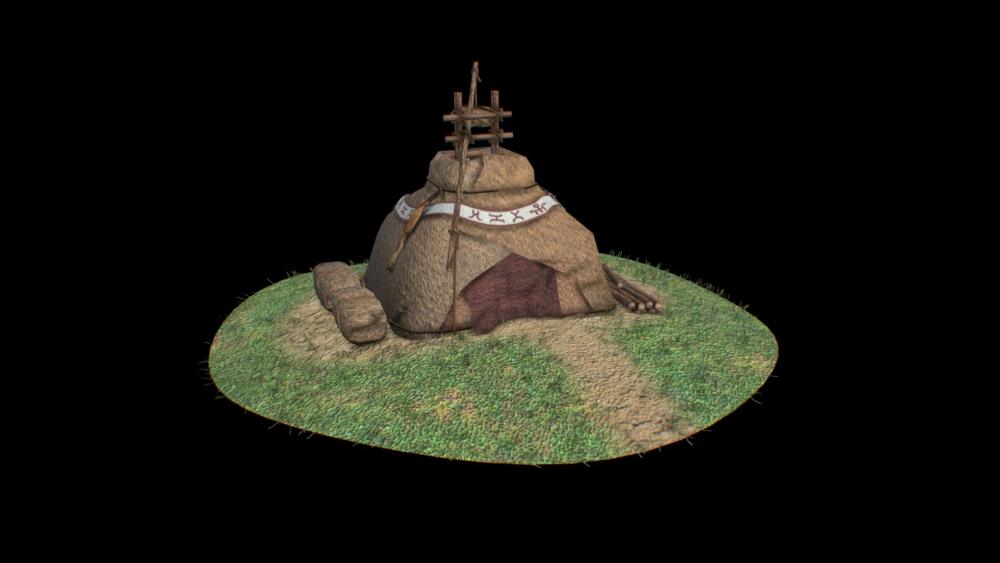
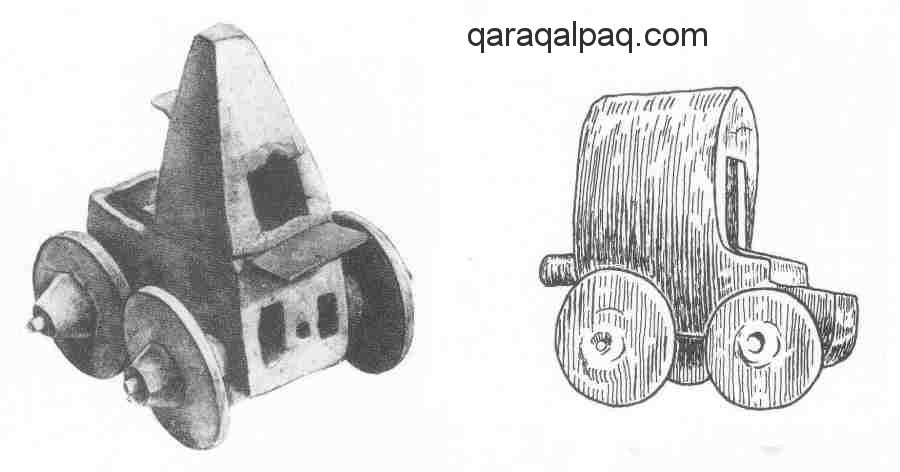
.jpeg.7db858a771da6dc57a7a2f7ca57f0950.jpeg)
